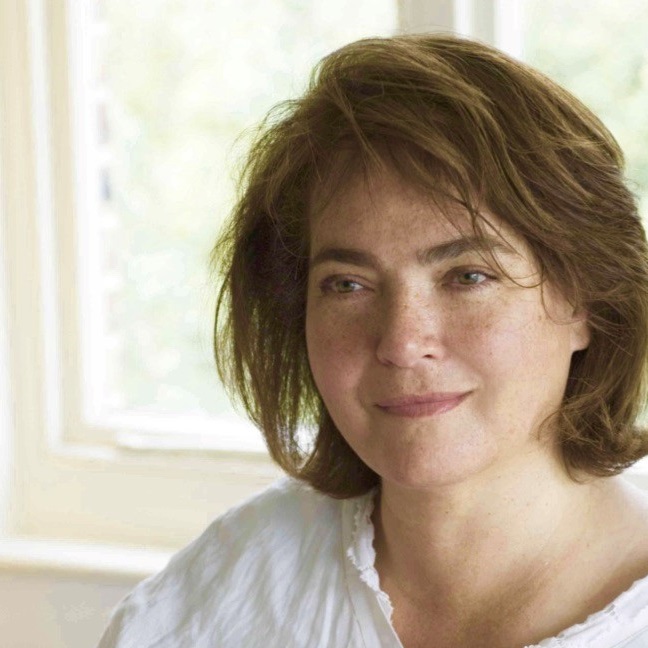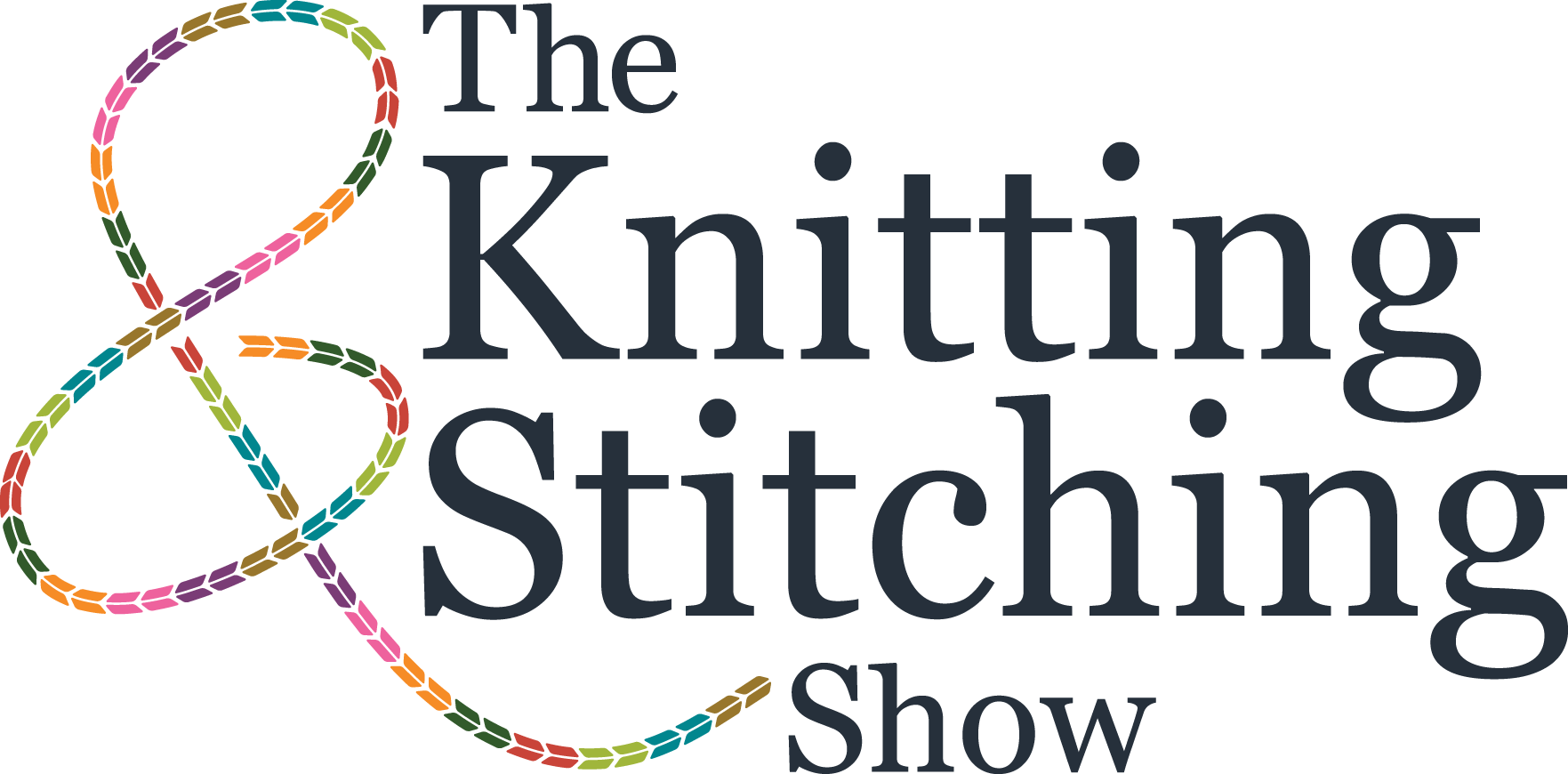Meet the Maker - Caroline Zoob
Company overview
There are two strands to my business: I design hand-embroidery kits, and I publish The Stitcher’s Journal, a quarterly, print publication about embroidery.
How did it all start?
By accident, really. I had taken up sewing and embroidery and discovered antique textiles, and was making cot quilts for the babies my friends were having. I took part in a fair with a few of my pictures and cushions, really to help my sister-in-law who was exhibiting with her paintings, and Country Living magazine liked my work. I came to stitching late, after training as an opera singer and then qualifying as a solicitor. I have absolutely no training in art or design, and was thrown out of needlework at school. I have always like and responded to beautiful textiles though, and spent a great deal of time in art galleries. I also love writing, which is why I started to publish The Stitcher’s Journal in 2019.

The story behind the name…
I married it! Zoob means ‘tooth’ in Russian. My husband’s grandparents left Russia just before the Revolution in 1917. It is such a great name! Less unusual in the US where Zoob is a toy similar to Lego. People used to bring boxes of it back for us!
Where are you based?
My workshop is in Ticehurst, East Sussex.
What inspires you?
Oh, so many things. Nature mostly. I am fascinated by botany and also by the history of gardening and the plant collectors. Sometimes, I just have an image in my head – a woman skating alone on the village pond, a girl dragging a sledge through the snow with her Christmas tree, or a woman walking barefoot through her wild flower garden to her greenhouse first thing in the morning. I love researching and writing about the way stitching and textiles are woven into our history: the silk weavers coming from France to London, or Belfast becoming a centre of cotton production because of the American civil war. It is also fun to write about other makers and stitchers.
What is your creation process?
It depends on whether I am designing an embroidery kit for others to follow, or making a piece of work without constraints. I usually do some sort of sketch, and gather all the threads. Colour is very important to me and I spend a lot of time making little swatches and palettes before finally deciding the colours to use. Sometimes, I start with a base of fabrics pieces together, and the antique French linen sheets I always use can be inspiring in themselves.


What makes you, your brand or products unique?
I never know how to answer this! One possibility is that, being self-taught at a later stage in life, I am confident that people can achieve more than they think, and so although my kits look quite challenging, I know that if people just follow the instructions, they will be able to stitch them.
What is your next project?
I can’t really say, but it is very exciting!
What are your plans for the next 12 months?
The Stitcher’s Journal is quarterly, and I have lots of ideas for new embroidery kits.
What is your biggest achievement?
I really can’t say! There was a time when the china I designed for ECP Design was piled high on shelves in Peter Jones, and a lot of small children have slept under bedlinen I designed for a household name. I have written three books, including an account of the garden at Monk’s House, the former home of Leonard and Virginia Woolf, where we lived for over a decade. I embroidered the garden plans, and Cecil Woolf wrote the foreword and came to the book launch.
What is your best-selling product/line?
The Stitcher’s Journal annual subscription: four issues a year.
Your experience of your first Knitting & Stitching Show (year, exhibiting or visiting)
This will be my first visit! I have heard about it for years and am very excited and honoured to have been invited to teach.
Your three top tips for crafters and makers…
Never think you can’t do something, and it is never too late to start. I have been teaching since 2014 and one of the most rewarding aspects is seeing the journey from the start, when they say things like ‘I am not really very creative’, to the end of the day/week/course when they have made something beautiful. I do not prescribe when I teach: I love to lay out inspiration, beautiful materials, help with technique but, hopefully, inspire people to find their own creative path.
Any advice for fledgling businesses…
Make a proper business plan and cost everything carefully. Businesses require admin: you can find yourself swapping the time you spent stitching for time in front of a screen. Your time becomes your most valuable asset: apply a per hour charge to your time, remembering that we have a minimum wage in the UK. Of course, this means no ‘slow stitching’ but stitching in daylight, at a worktable, mindful of the time/cost implications. If that doesn’t appeal, don’t start a business, just enjoy selling up to the tax-free turnover allowance of £1000 pa given by HMRC.

Website: www.carolinezoob.co.uk
Instagram: https://www.instagram.com/carolinezoobdesign/?hl=en
